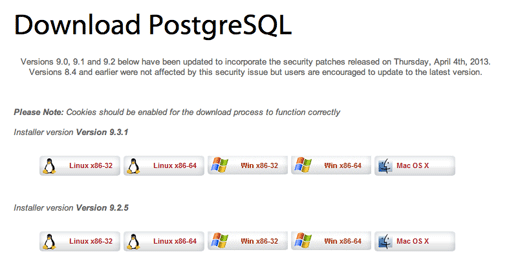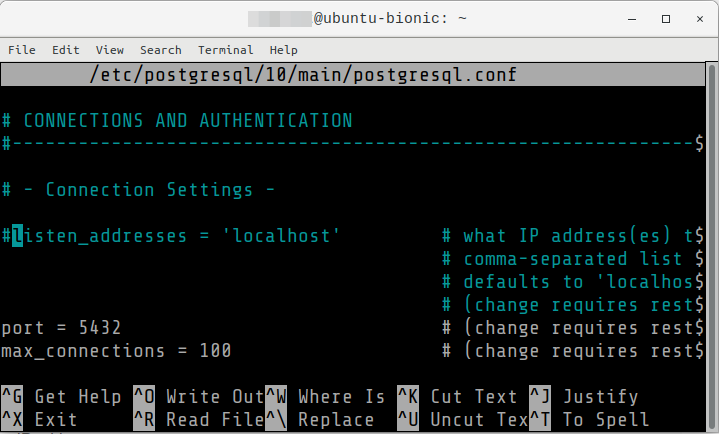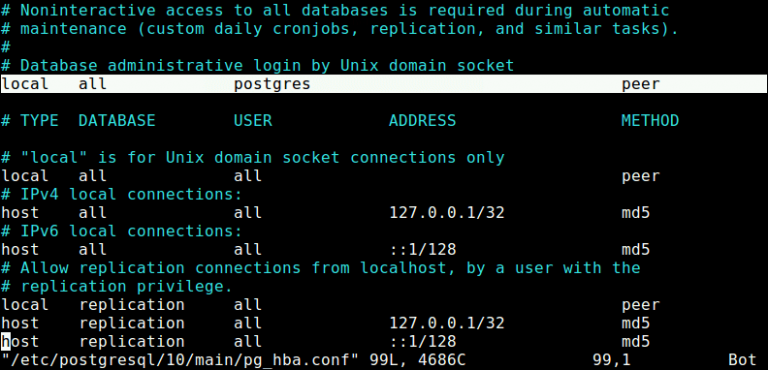

- Configure postgresql server drivehud how to#
- Configure postgresql server drivehud install#
- Configure postgresql server drivehud update#
- Configure postgresql server drivehud password#
Once the installation is complete, you can verify the installation using the psql command line tool. You can review a summary of the choices you've made:įinally, PostgreSQL is ready to be installed:Ĭlick Next to begin the installation process. The configuration portion of the installation is now complete. Now, pick the locale that your database will use:Ĭlick Next to use the default locale of your computer.
Configure postgresql server drivehud password#
Next, select and confirm an administrative password for the PostgreSQL superuser (called postgres):Ĭhoose the port that the server will listen to:Ĭlick Next to accept the default 5432 port. Now, choose the location where the database data files will be stored: You need the PostgreSQL Server and Command Line Tools selected at a minimum: The next page allows you to choose which components you wish to install. On the next page, choose your installation directory:Ĭlick Next to accept the default location. Once the download completes, double click on the file to run the installer (you may have to confirm that you wish to allow the program to make changes to your computer):Ĭlick Next on the initial page to begin configuring your installation. On the page that follows, in the Windows x86-64 or Windows x86-32 columns (depending on your computer's architecture), choose the PostgreSQL version you'd like to install:Ĭlick Download on your chosen version and save the file to a convenient location. Click Download the installer at the start of the page: Visit the PostgreSQL Windows installation page to find a link to the installer.
Configure postgresql server drivehud install#
The PostgreSQL project provides a native Windows installer to install and configure your database. Prisma is an open-source database toolkit for Typescript and Node.js that aims to make app developers more productive and confident when working with databases. The United States' most popular databases by state going into 2022.Traditional databases vs serverless databases.Introduction to common serverless challenges.Top 13 serverless computing and database providers.Introduction to database backup considerations.How microservices and monoliths impact the database.Syncing development databases between team members.Troubleshooting database outages and connection issues.What is connection pooling and how does it work?.Top 8 TypeScript ORMs, query builders, & database libraries: evaluating type safety.Top 11 Node.js ORMs, query builders & database libraries in 2022.Introduction to MongoDB Aggregation Framework.Introduction to MongoDB database tools & utilities.Working with dates and times in MongoDB.Introduction to MongoDB connection URIs.
Configure postgresql server drivehud how to#
How to query and filter documents in MongoDB.How to manage databases and collections in MongoDB.How to manage authorization and privileges in MongoDB.How to manage users and authentication in MongoDB.Introduction to provisioning MongoDB Atlas.

Configure postgresql server drivehud update#




 0 kommentar(er)
0 kommentar(er)
